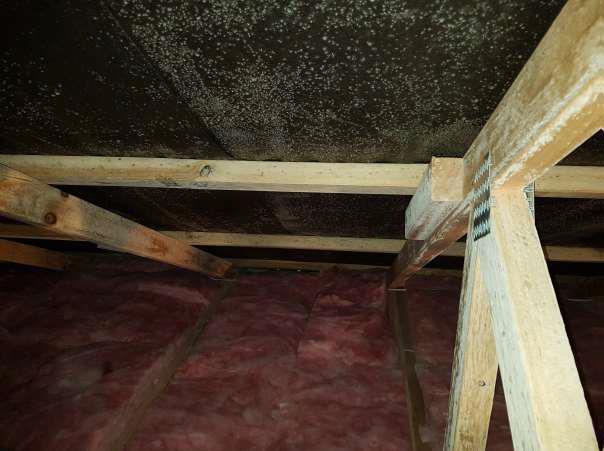Construction Moisture
During construction, timber can become wet and take some time to dry out. Some activities, such as plastering and painting, also release water vapour.
Concrete floors are particularly prolific sources of moisture. During curing, a 100 mm thick concrete slab releases approximately 10 litres of water vapour per square metre of surface area. The curing period depends on various factors, but as a rule of thumb, a concrete floor cures at a depth-rate of 25 mm per month. Therefore, a concrete slab can affect internal moisture levels for a considerable period.
All new buildings, particularly those with concrete floors, must be kept well ventilated (at much higher levels than required during normal use) until moisture levels of construction materials have stabilised.
Mould Damage
- Log in to post comments

